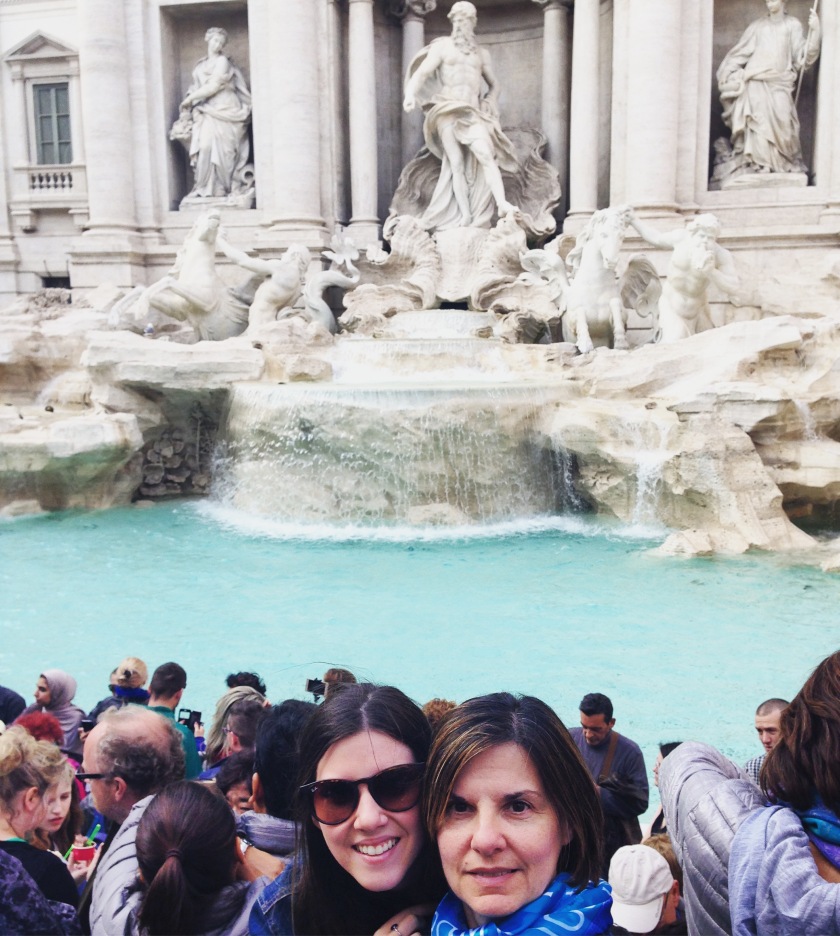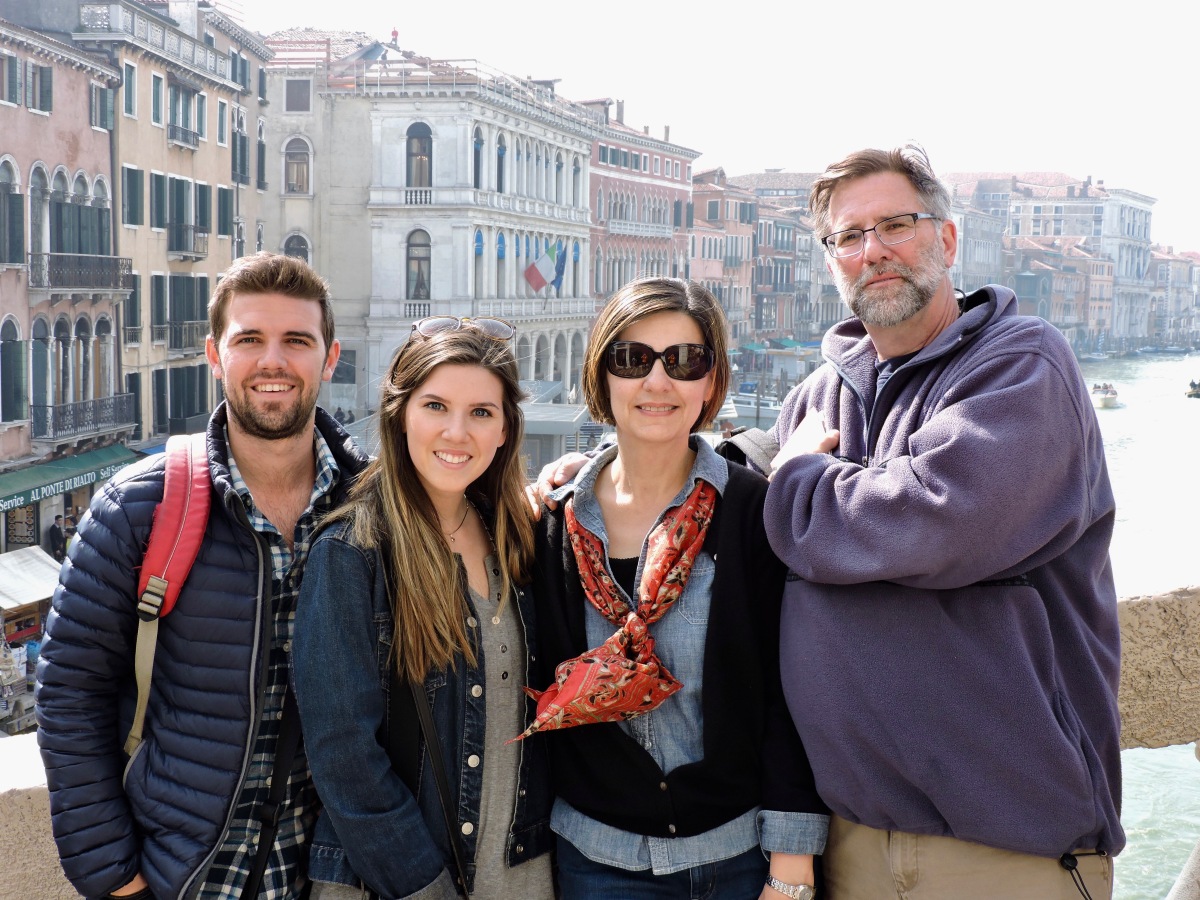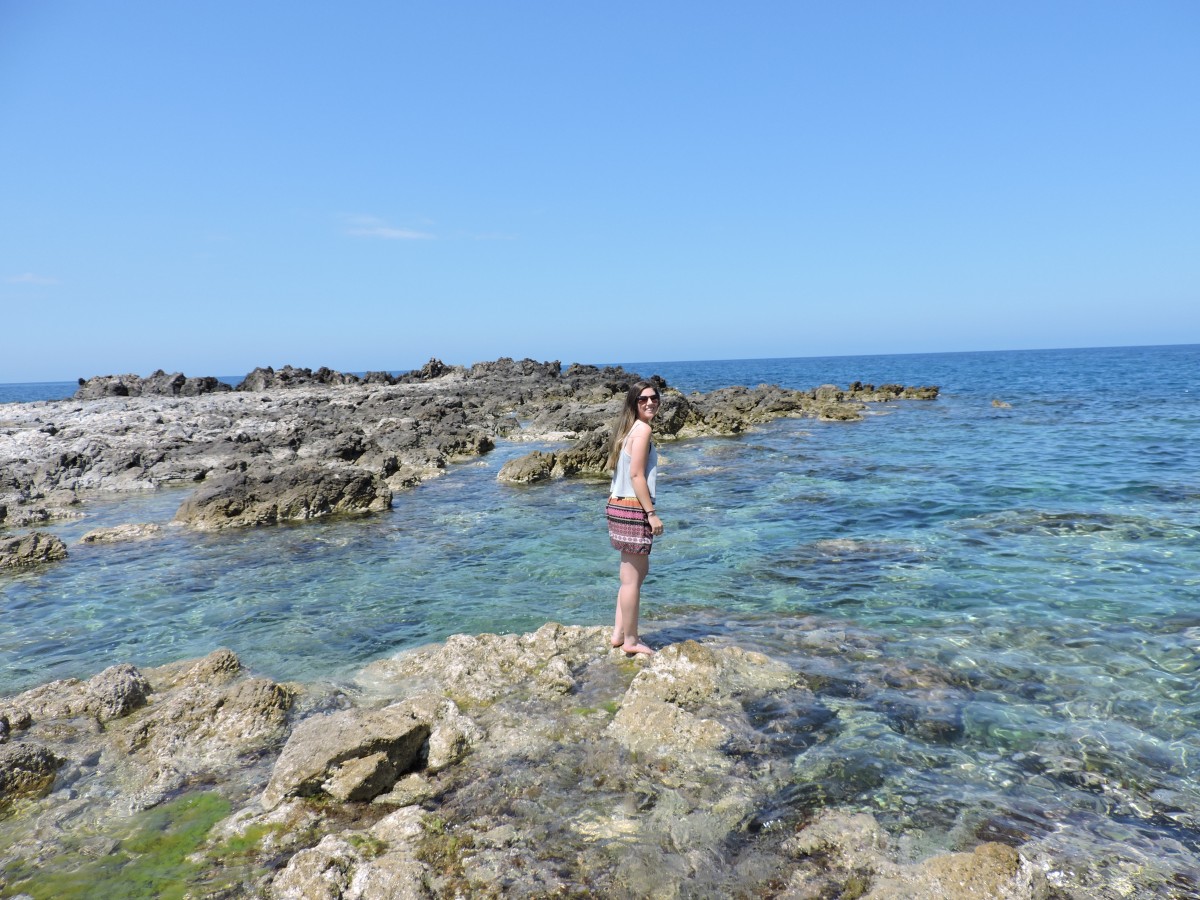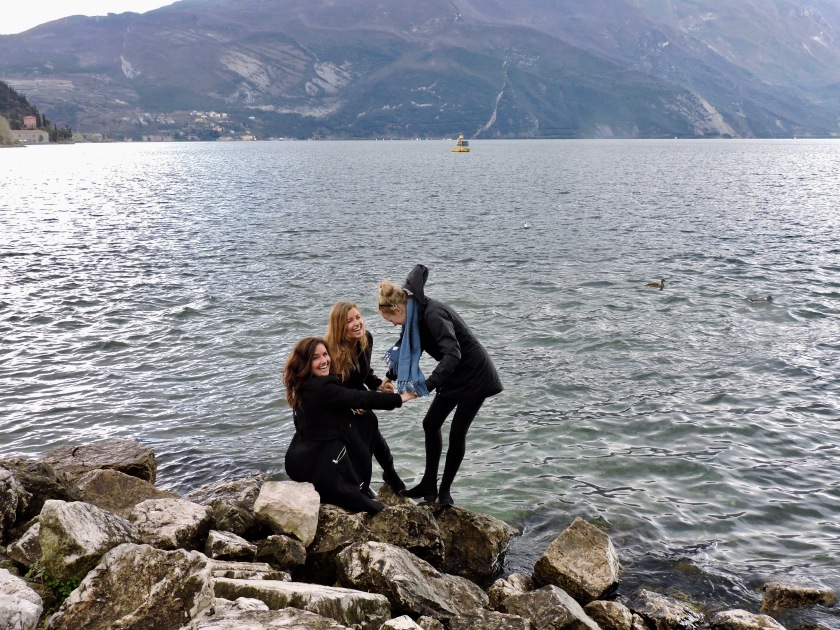For most of us, studying abroad is an opportunity to spread our wings and live in untouched territories. However, it also gives those close to us the same idea. Family and friends use our study abroad experience as an opportunity of their own – to visit us. The idea of seeing loved ones for the first time in weeks is exciting, especially since you get to show them your new home. However, it can also be overwhelming. As a student, you are torn between classes/school work and spending time with them. Studying in Verona, Italy, I was very lucky my family could visit and stay here with me. However, the timing did prove to be difficult – they visited during my mid-terms. My dad and mom came for two weeks (March 12 – 25) while my brother stayed with them for the first week. Having my family here was one of the best experiences of my life. Born, raised, and attending university in South Carolina, traveling to Europe was the furthest and longest amount of time I’ve been from home. Reaching a mid-point in the semester, I was overjoyed to see some familiar faces. Things I’d shared with them about my experiences in Europe, they finally got to witness in person. Like me, I know many study abroad-ers plan on those back home visiting them. In theory, it seems like a simple idea, yet in practice it can get a little more complicated. Here are some tips I learned during my family’s stay in Italy:
- Plan Ahead – Before my family arrived, I had in my mind certain places I wanted to share with them. When they finally got here, we immediately sat down and decided on which days to do what things. Since my brother was only here the first week, we made sure to focus more on what he wanted to do. Looking at my school schedule, we worked around my classes and exams so I could spend as much time with them as possible. On the days I had a heavy schedule, they would take trips to other towns such as Florence and Modena and we would meet back up later that evening. Of course, we made sure to also explore my city – Verona.
- Day Trips – Just because you have school, do not underestimate your ability to travel with your family as well. Italy is a small country – most places you can travel to in a small amount of time, especially by train. Besides Verona, one of my favorite places in Italy is Venice. I knew I wanted to take my family there. By train, you can get to the heart of Venice from Verona in about an hour at a relatively low price (8 euros). The train runs continuously during the day so you can leave at any time. My family and I left early Thursday morning and came back around 3, giving me plenty of time to attend my 5 pm class. Even places that seem harder to accomplish can be done. Traveling all the way to Italy, my parents knew they wanted to visit Rome. I had not been, so of course I wanted to join. The next week (sadly my brother already left) I did not have any class Thursday, so my parents and I planned to go then. It may seem impossible to visit Rome in a day, but it was actually a perfect amount of time! We narrowed our trip to what we wanted to see the most – the Colosseum, Vatican City, and the Trevi Fountain. Taking the fast train, we left Verona around 7, changed trains in Brescia, and arrived in Rome at 11. Walking from the train station to the Colosseum took about 20 minutes. Rome is very spread out so from their we payed for a hop-on hop-off bus in order to get everywhere in our time period. After the Colosseum, we rode to Vatican City. Since it was a week day and not yet tourist season, the crowd was light. Usually an hours long wait, we were able to purchase tickets and zip right through the Vatican museum. This included Michelangelo’s Sistine Chapel and St. Peter’s Basilica. Afterwords, we headed to the iconic Trevi fountain and threw some coins in for good luck. Our train departed at 6:45pm and took us directly to Verona where we arrived by 9:30pm.
- Balancing school and fun – This was one of the hardest things to do, especially since my family came during mid-terms. Not only did I have to study, I also had two papers I needed to write. Of course, my family was completely understanding. Whenever I had class, they would relax at their apartment or have a day trip planned. It also consisted of me having a lot of late nights and early mornings. I made sure to complete my assignments/study whenever I was not spending time with them. During their day trip to Modena, I went to class and afterwards completed one of my papers. I would study at their apartment while they had some down time. It took a lot of restraint to not relax as well, but I knew accomplishing school work and spending time with my family was more important to me. It made it worth it.
- Weekends – One of the biggest things about studying abroad is traveling to other countries as well! Europe is a relatively small continent so traveling to nearby countries is easy and affordable. Planning trips on the weekends with friends is a crucial part of the experience. Once I got settled in Italy, I realized just how little weekends I really had. My family arrived and left on Saturdays, so the weekend in between was the only one we had together. Before I came to Europe, my friend and I had decided on a trip to do that weekend. However, upon learning it was when my family would be here I realized I needed to set aside that time to be with them. During the first week they were here, my parents and I discussed what we should do the coming weekend. We thought about Rome, but realized it would be too much hassle, especially since we had to get my brother to the airport Saturday morning. After much talk, we decided on staying on Lido Island off of Venice. After we sent off my brother that morning, we hopped on the train to Venice and from there took a ferry to the island. We had such a fun time. We mainly relaxed on Saturday and on Sunday we biked and explored the island. On Monday morning, I left early in order to make it to my class in Verona. My parents stayed in Lido until Wednesday and then spent the rest of the week in Verona with me.
- Act like a local – Already being here for two months, the Italian lifestyle has become normal for me. However, remember your loved ones will arrive unprepared for the cultural differences. For my family, it was their first time in Italy, let alone Europe. Unlike me, they did not arrive with fellow peers and were not greeted by program directors who quickly taught them the in’s and out’s. That’s why I made sure to meet them at the airport and take a cab with them into town. After they settled in and rested, I took them around the city and taught them cultural norms such as common greetings, when dinner time began (7pm), what times the stores opened and closed, etc. I also showed them things unique to Verona such as the two main piazza’s, a beautiful look-out point of the city, Juliet’s balcony, etc. Throughout the week I helped them plan trips by showing them which buses to take where, where to get bus tickets, and how to get to the train station. Navigating a new country is difficult; it’s important to help your loved ones as much as possible to ensure that they and you have a great time!

Quick Bite in Verona 
Biking Lido Island 
Iconic Trevi Fountain – Rome

















